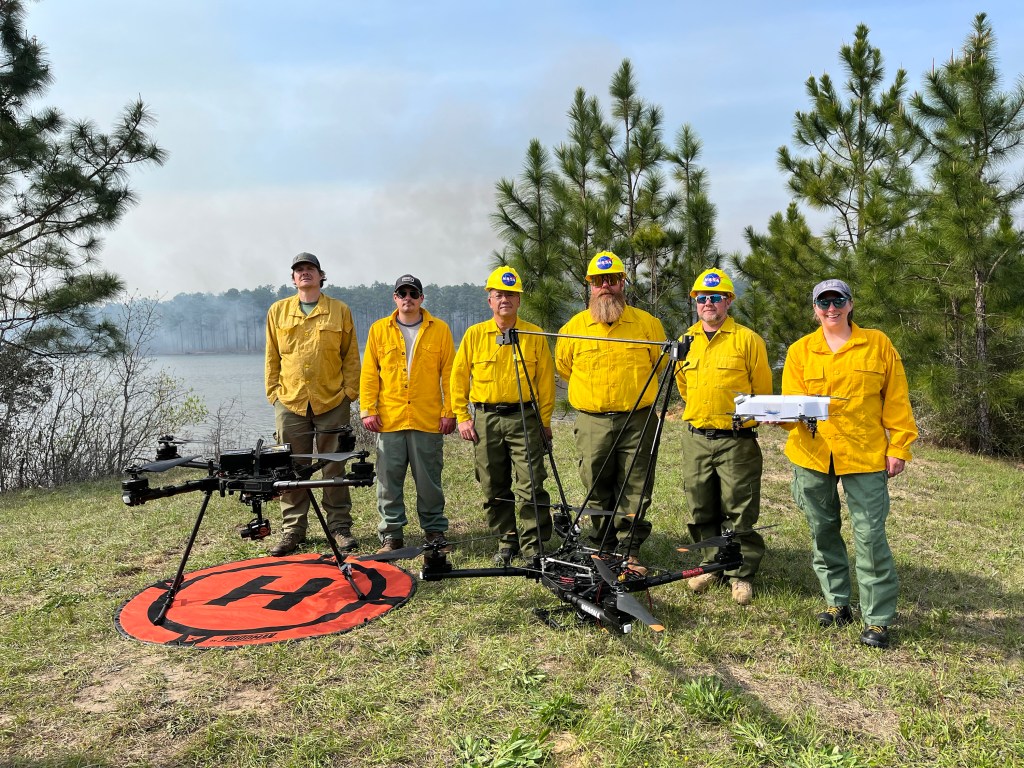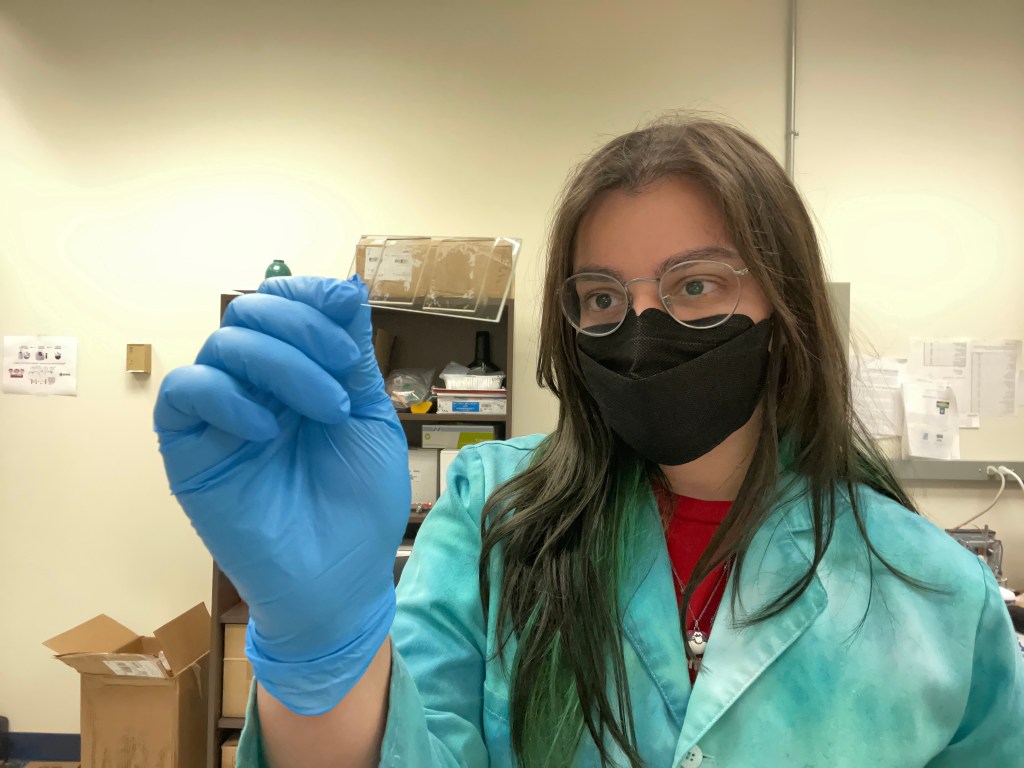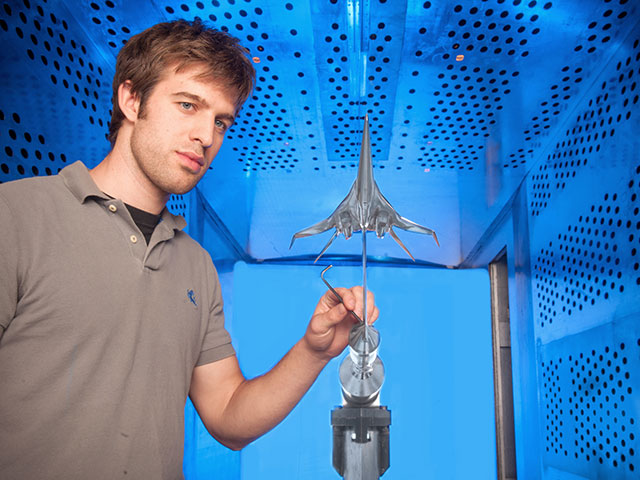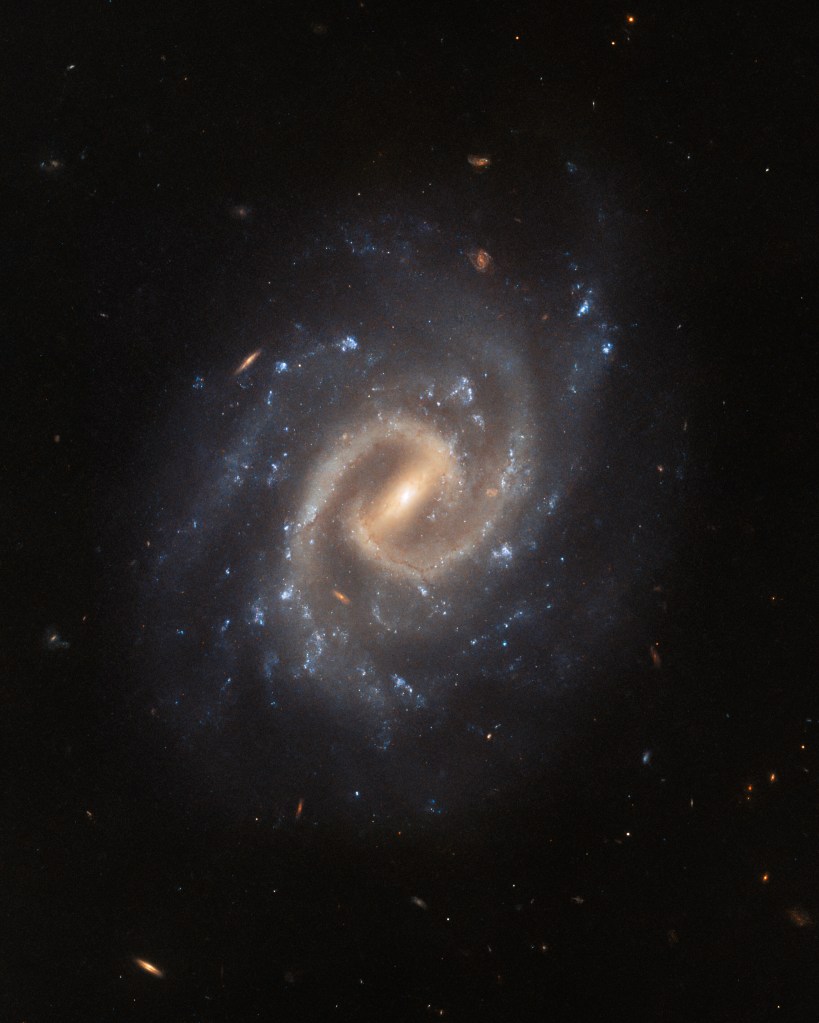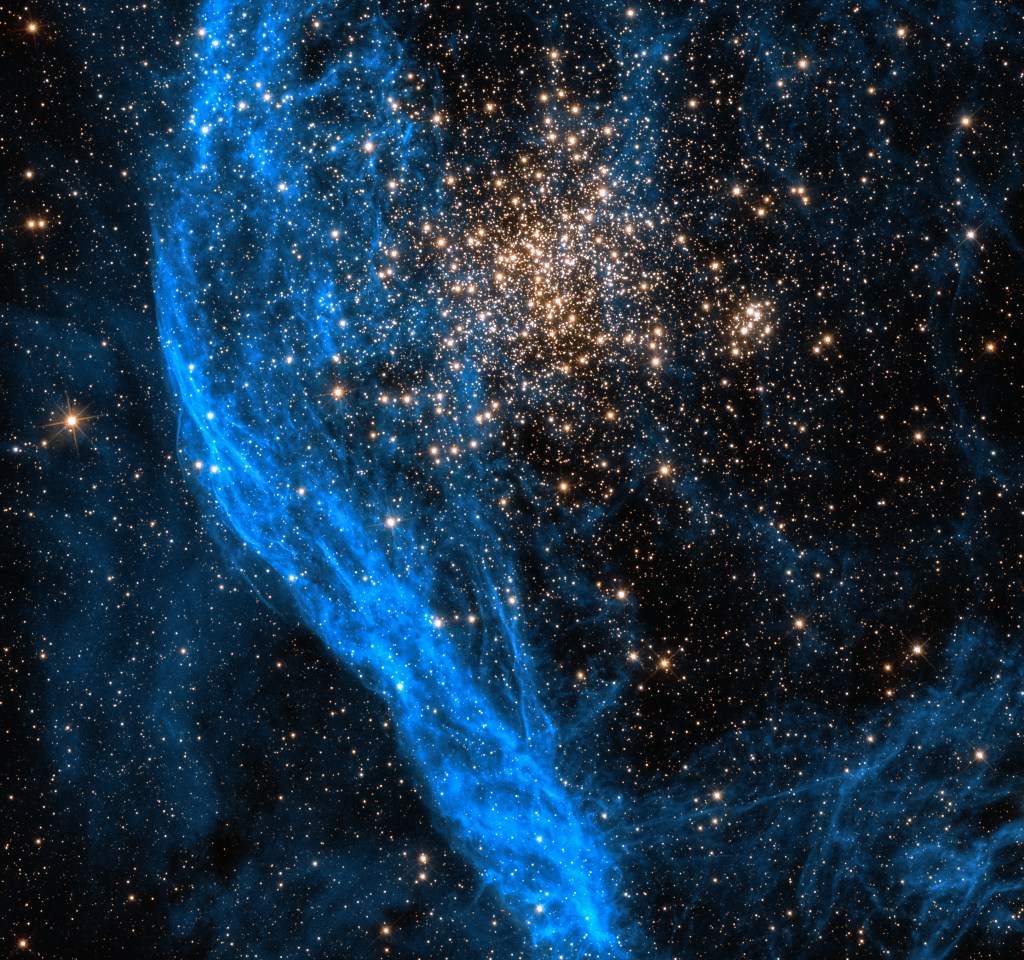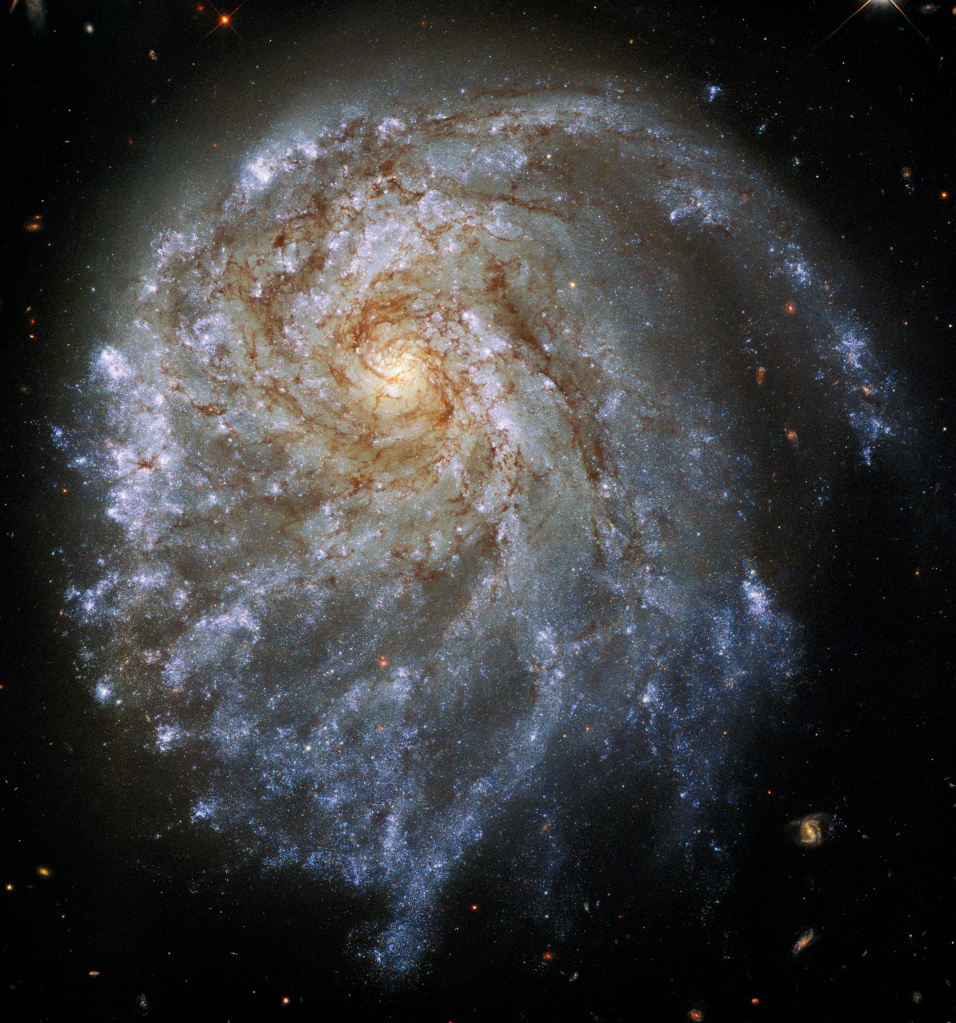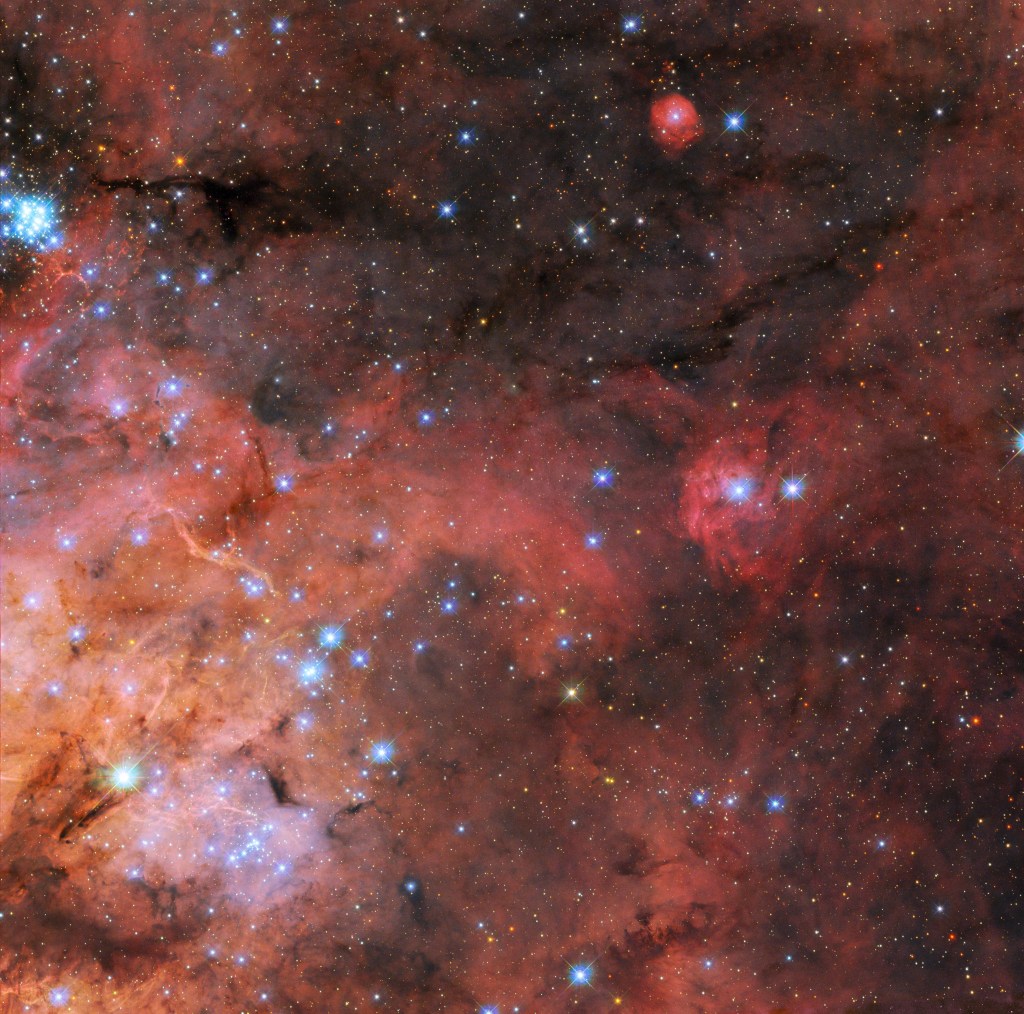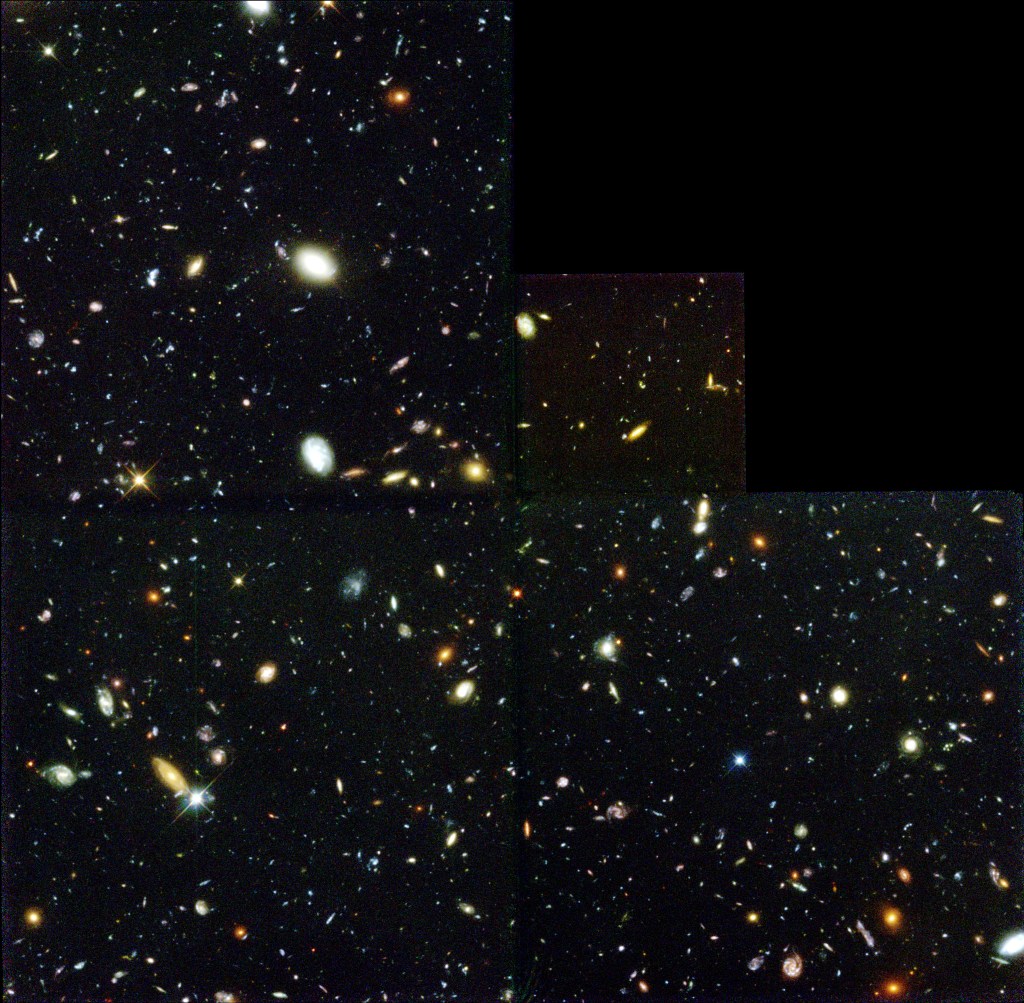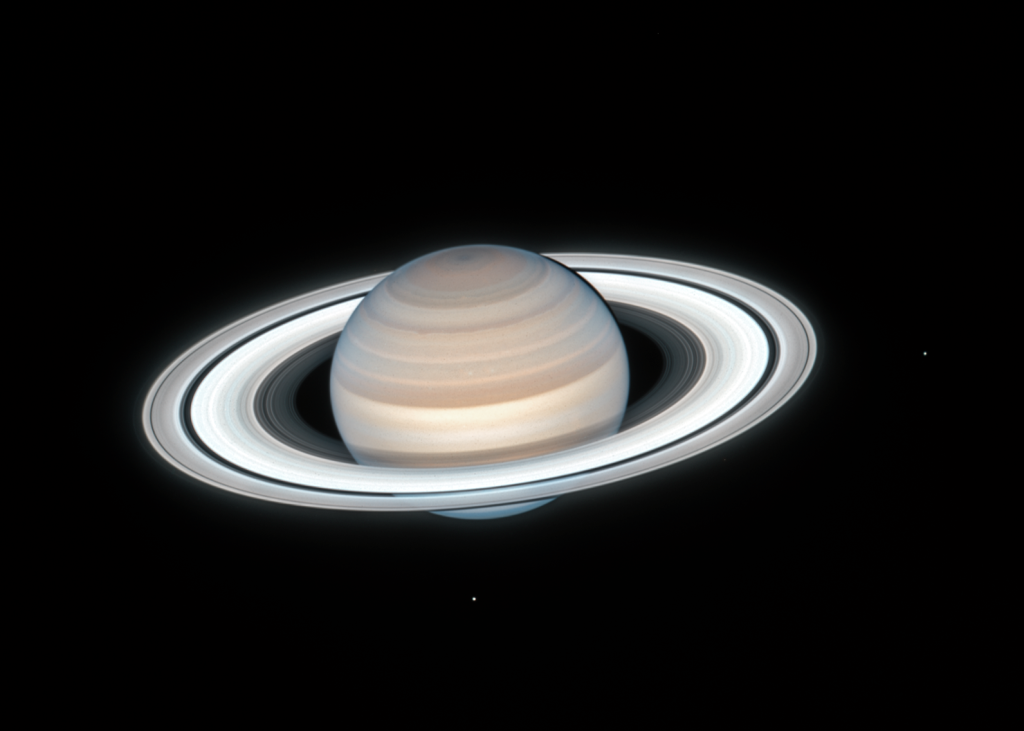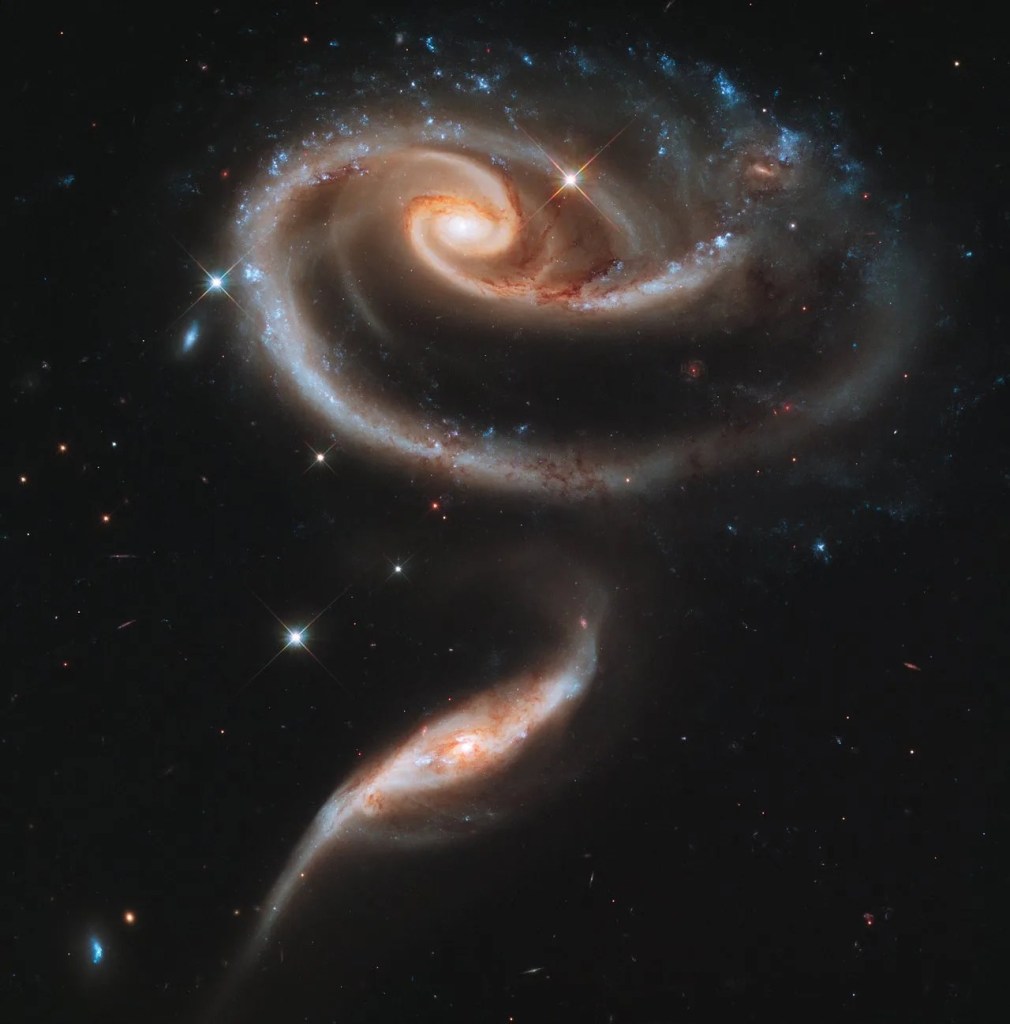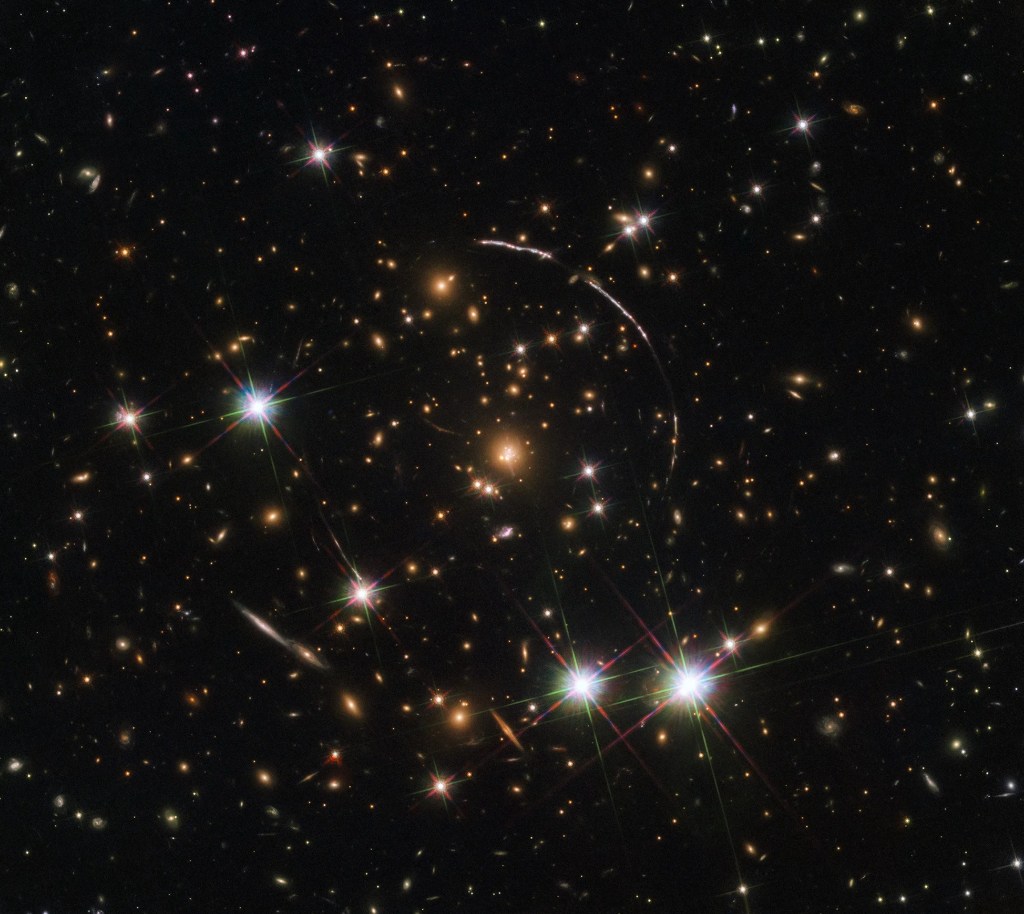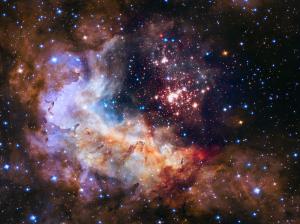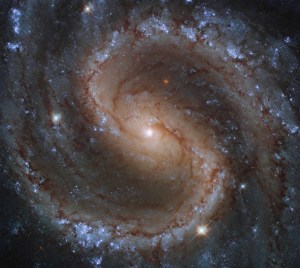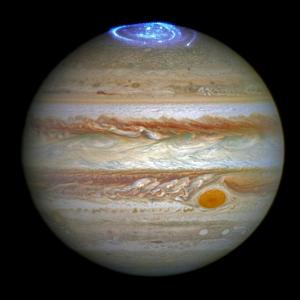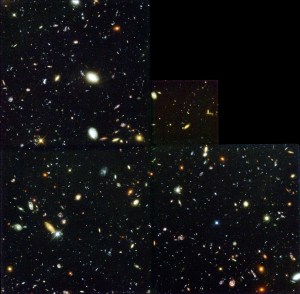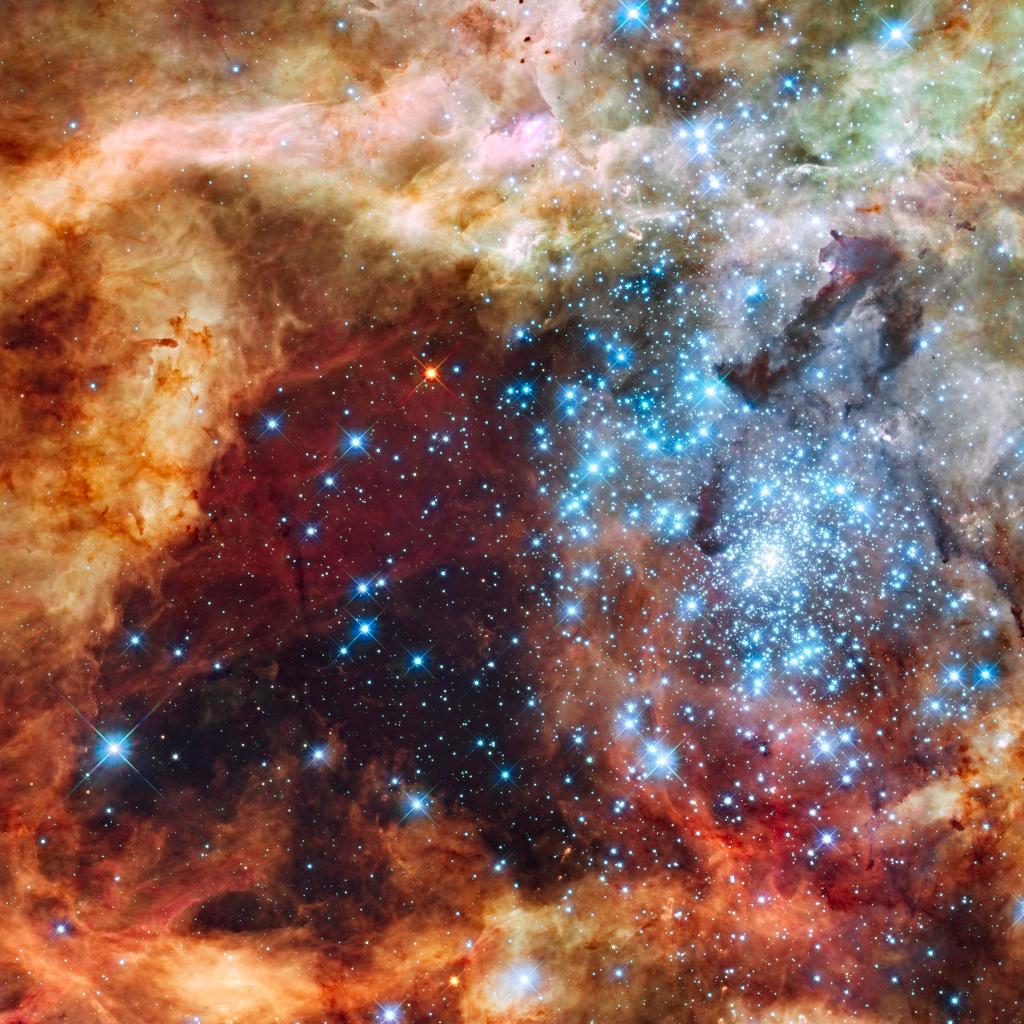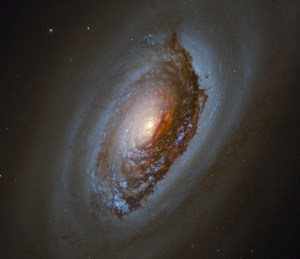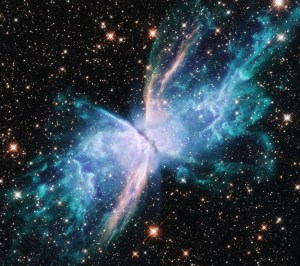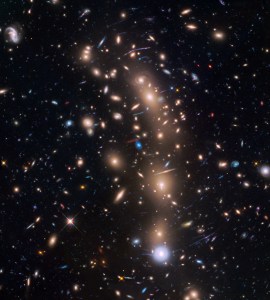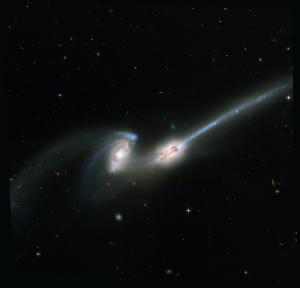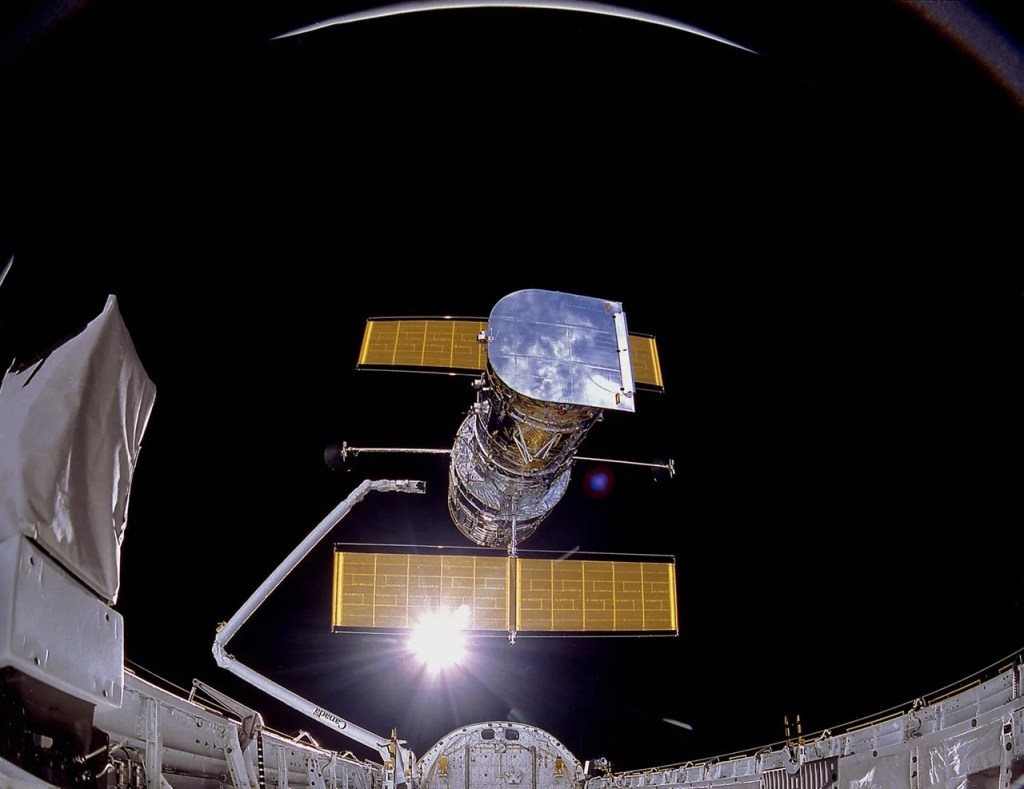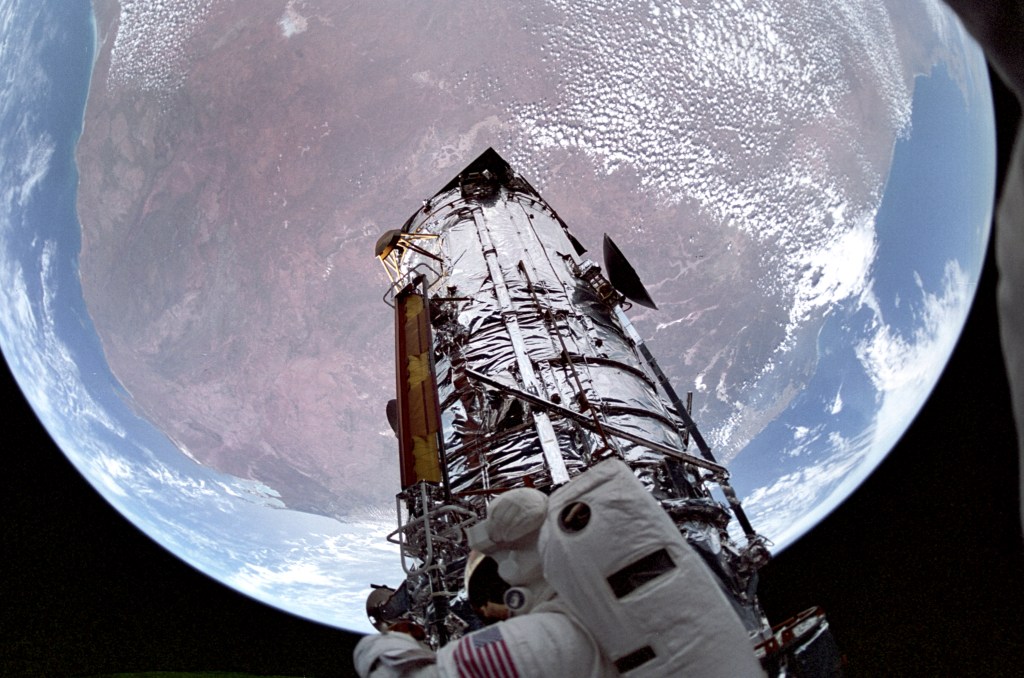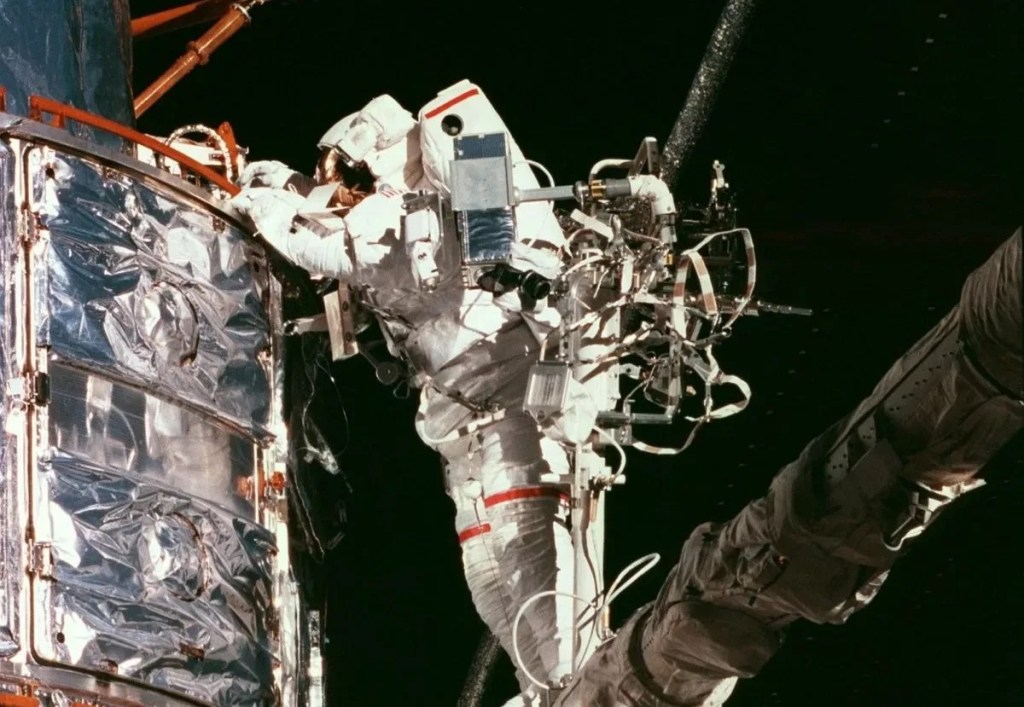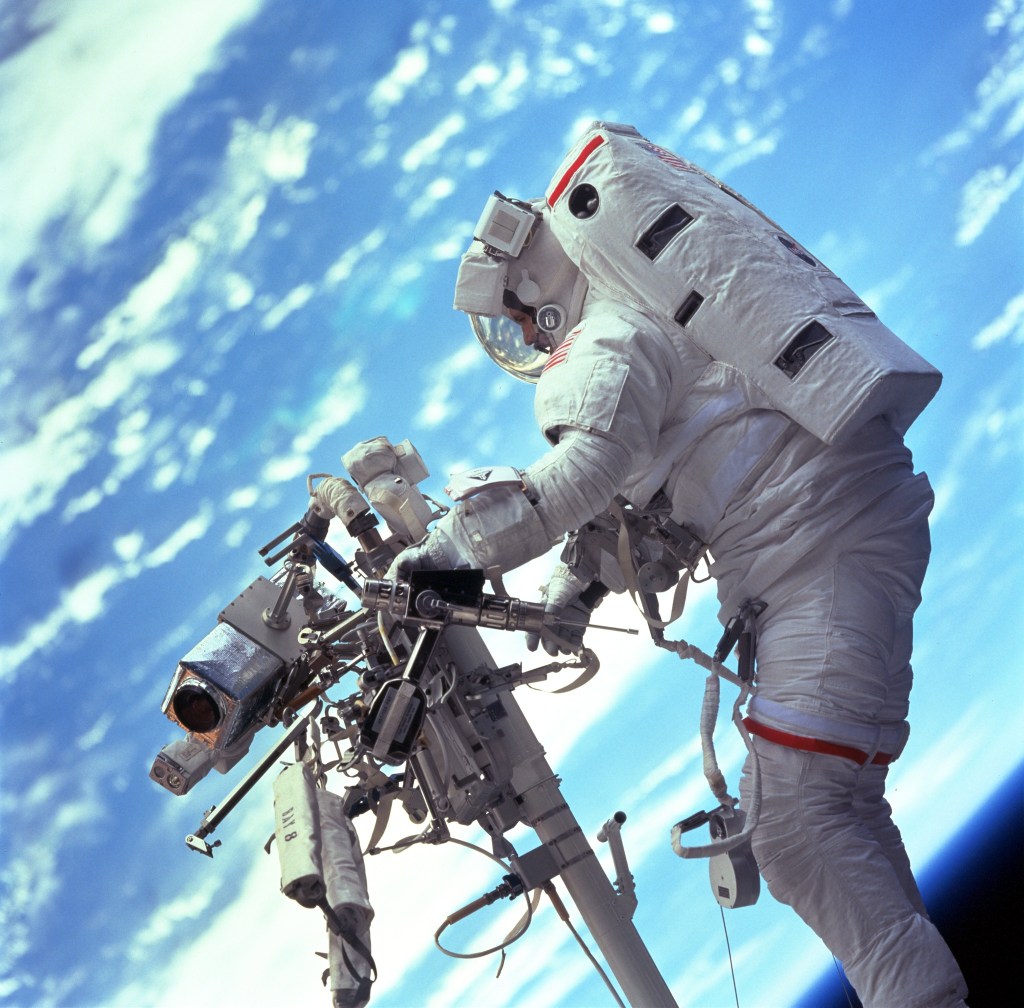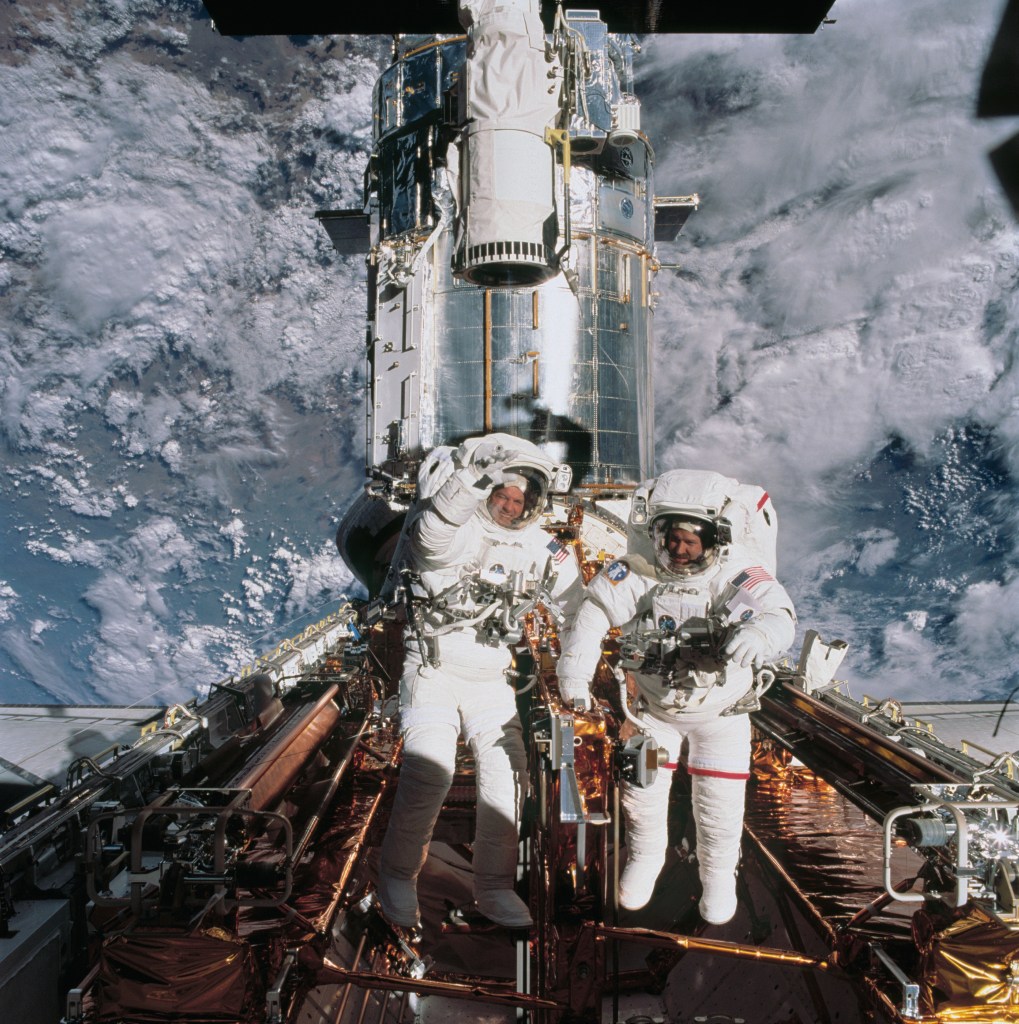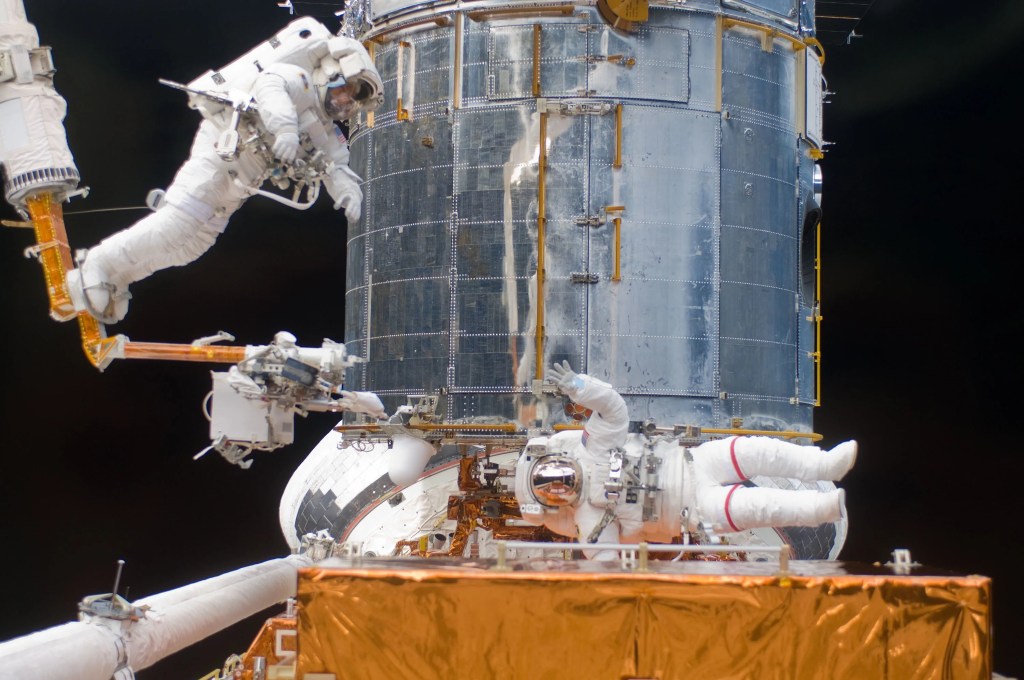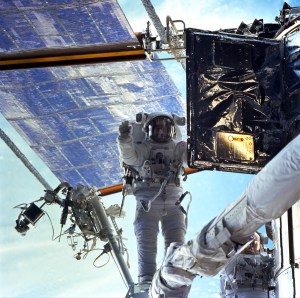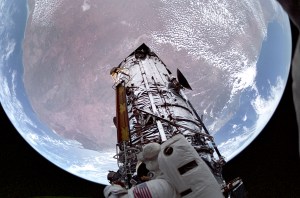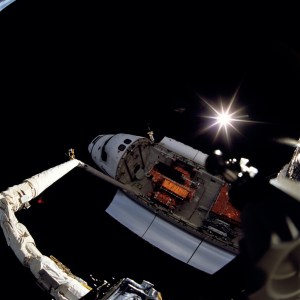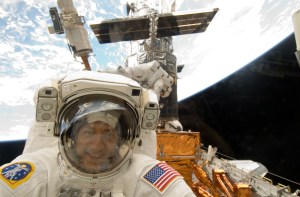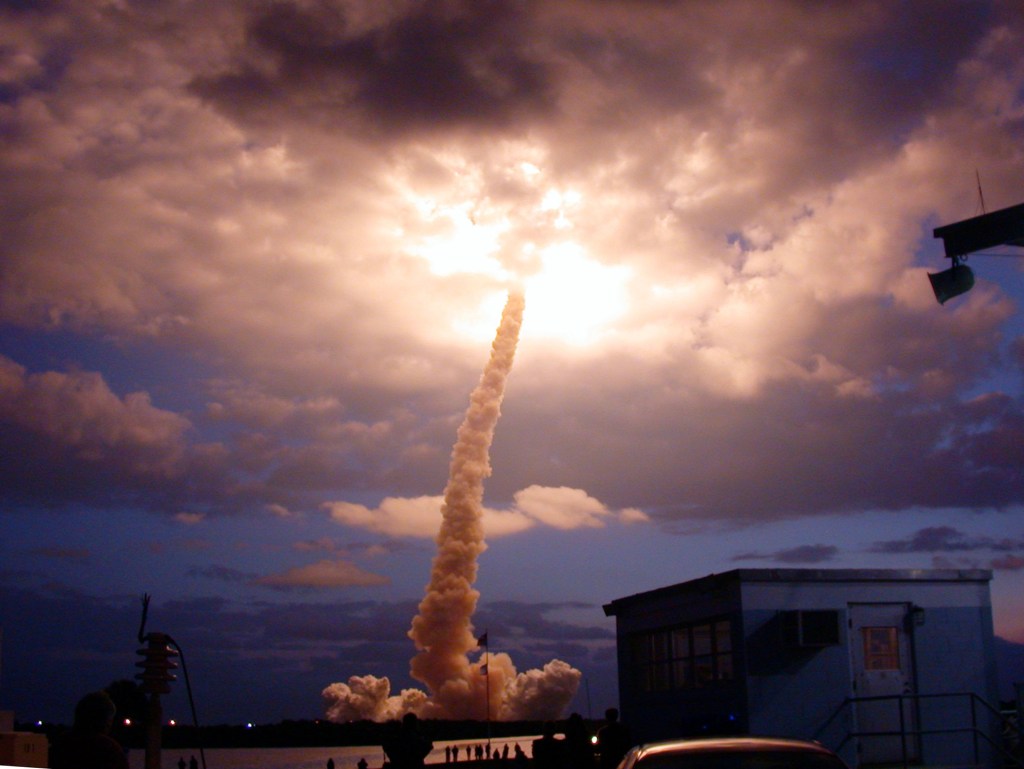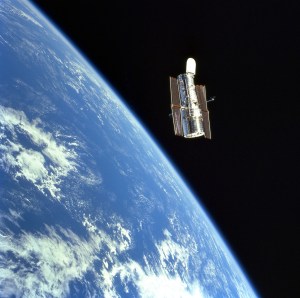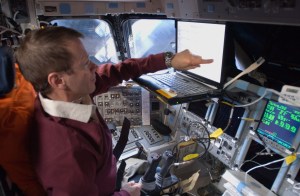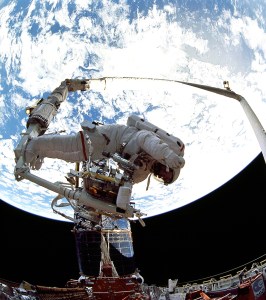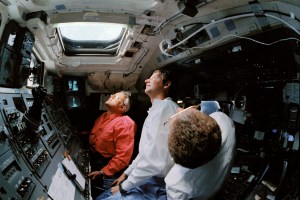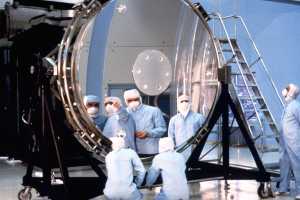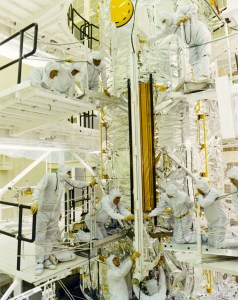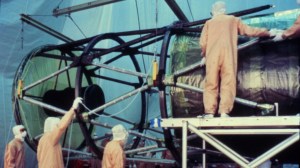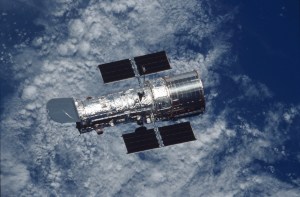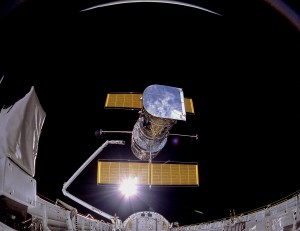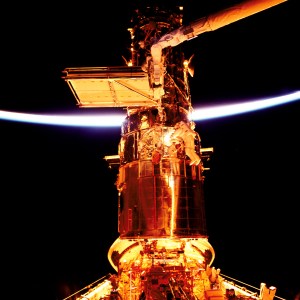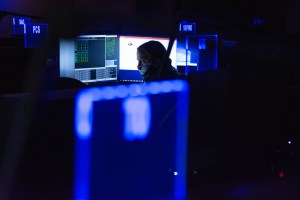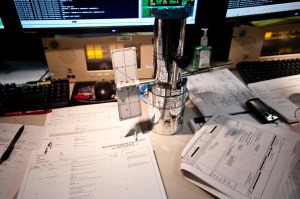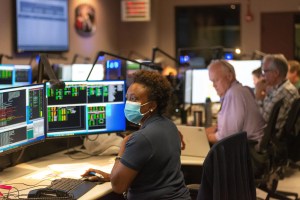Multimedia
Hubble Images
Explore Hubble's astronomical and mission images.
35 Years of Images
Celebrate Hubble's 35th anniversary with a countdown of images the observatory captured over its lifetime, one for each year in orbit.
Explore More
New Hubble Images
Hubble Released Four New Images from the Archive at SXSW
To celebrate NASA's Hubble Space Telescope's 35th year in orbit, we've combed through Hubble's extensive archive of observations for new images.
Read More about New Hubble Images
Science Galleries
Hubble’s Universe
Image of the Week (#HubbleFriday)

The subject of today’s NASA/ESA Hubble Space Telescope image is the stunning spiral galaxy NGC 5530. This galaxy is situated…

Say hello to one of the Milky Way’s neighbors! This NASA/ESA Hubble Space Telescope image features a scene from one…

This NASA/ESA Hubble Space Telescope image features a sparkling spiral galaxy paired with a prominent star, both in the constellation…

This NASA/ESA Hubble Space Telescope image of a vibrant spiral galaxy called NGC 5042 resides about 48 million light-years from…

In this NASA/ESA Hubble Space Telescope image, Hubble once again lifts the veil on a famous — and frequently photographed…

The sparkling spiral galaxy gracing this NASA/ESA Hubble Space Telescope image is UGC 5460, which sits about 60 million light-years…
Hubble Space Shuttle Mission Galleries
Hubble Space Shuttle Missions
Additional Hubble Mission Galleries
More On Flickr
Flip through Hubble's numerous Flickr albums and see astronauts at work in space, behind the scenes of mission operations, and Hubble's iconic images from nebulae to gravitational lens.
Explore More Albums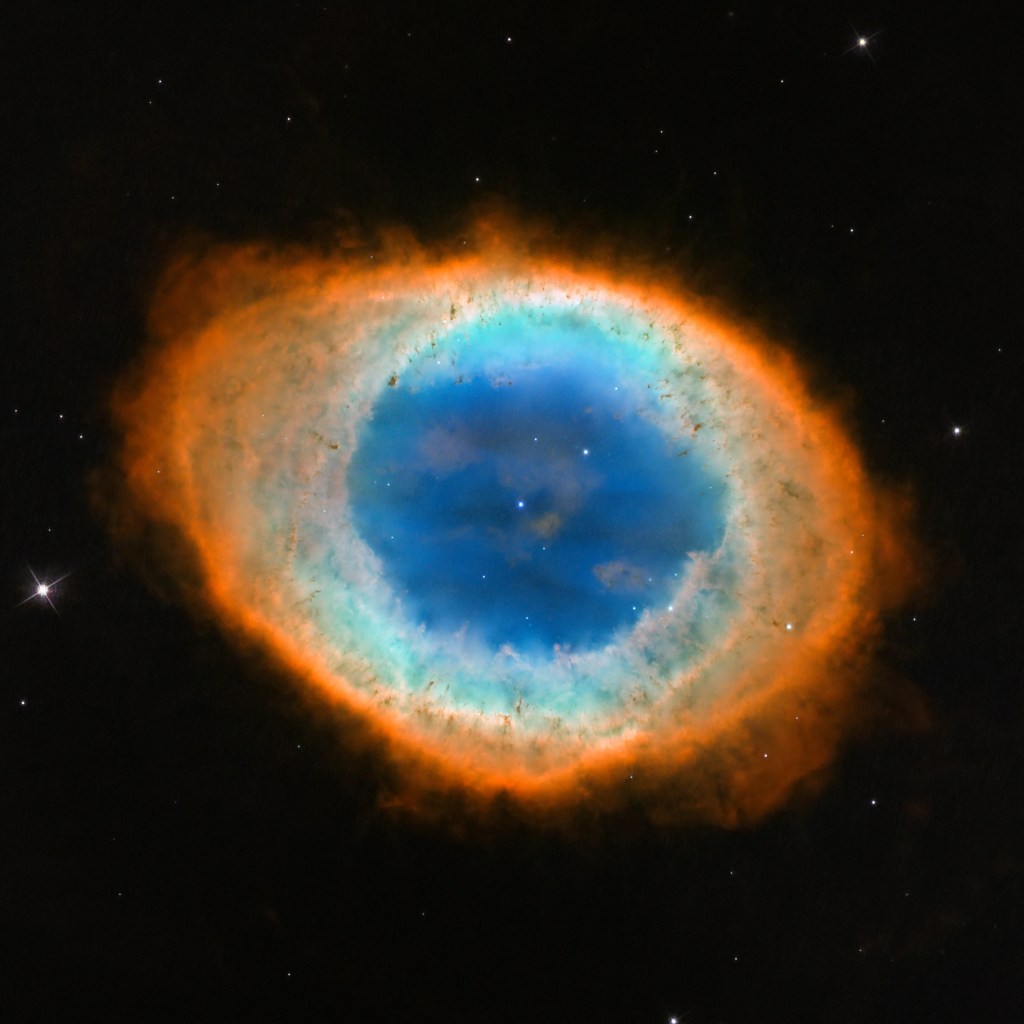
Information
Media Resources
Need to talk to our communication's team? Need b-roll for the documentary you're making? This page helps you find the Hubble media information you need.
Find Media Information about Media Resources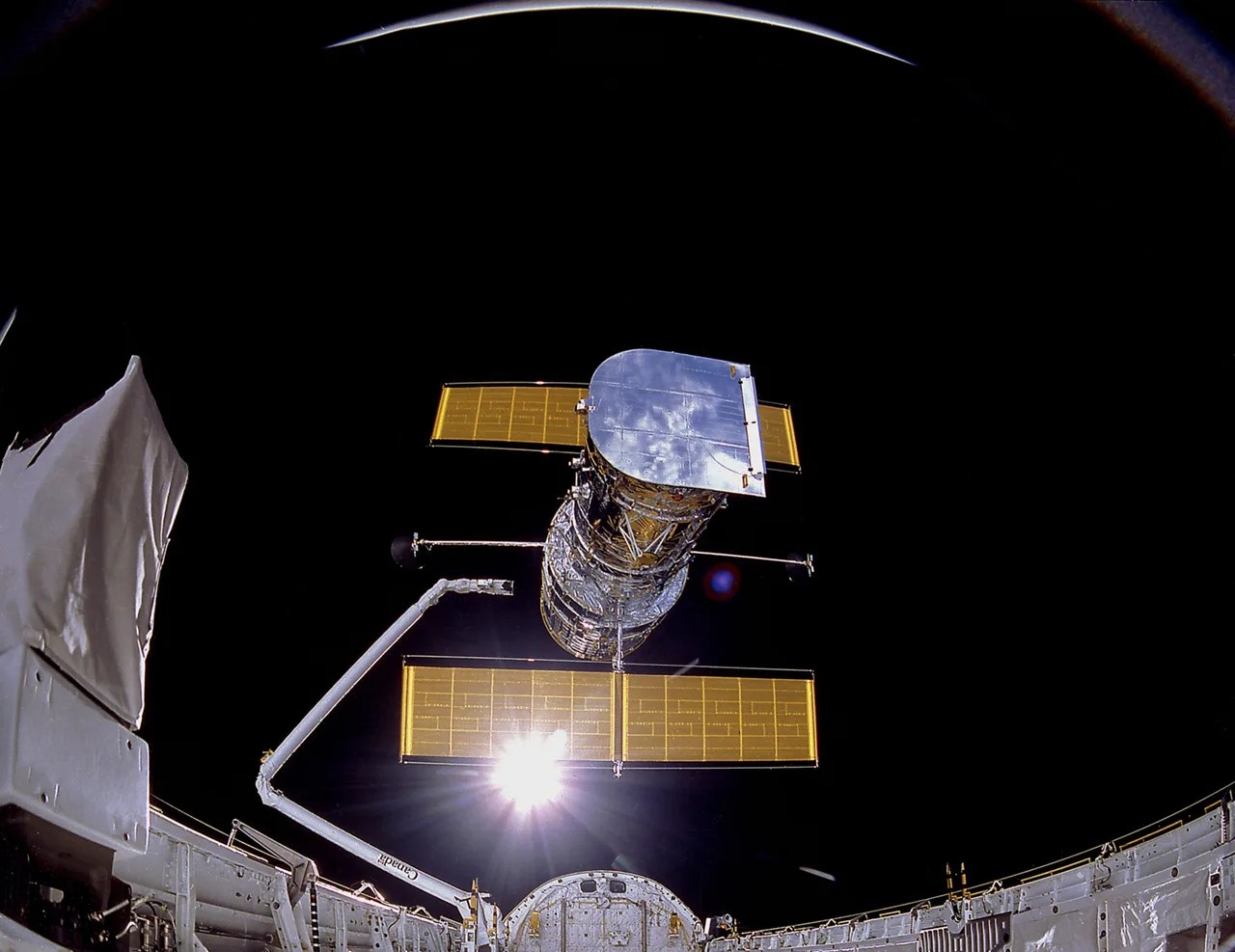

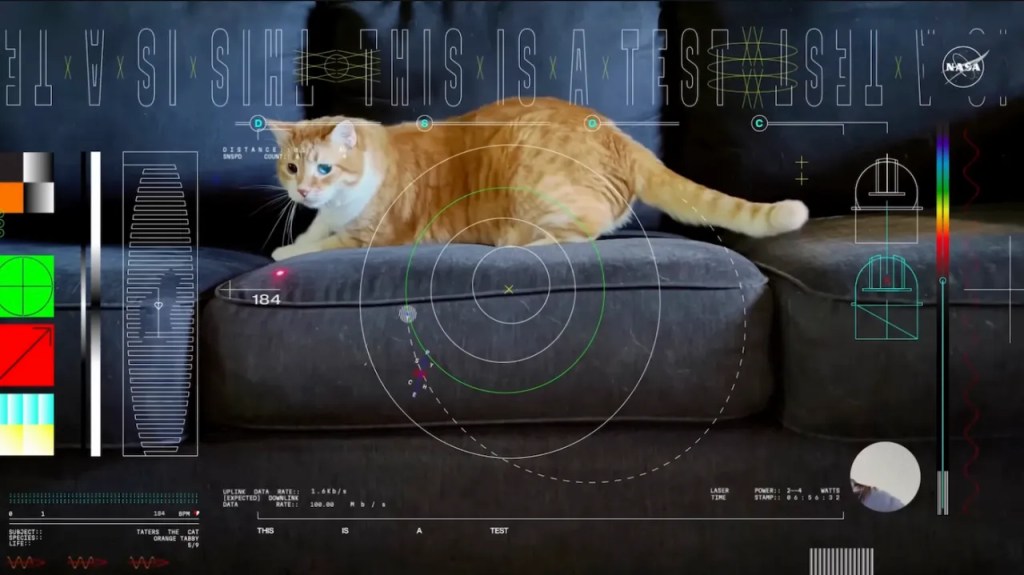
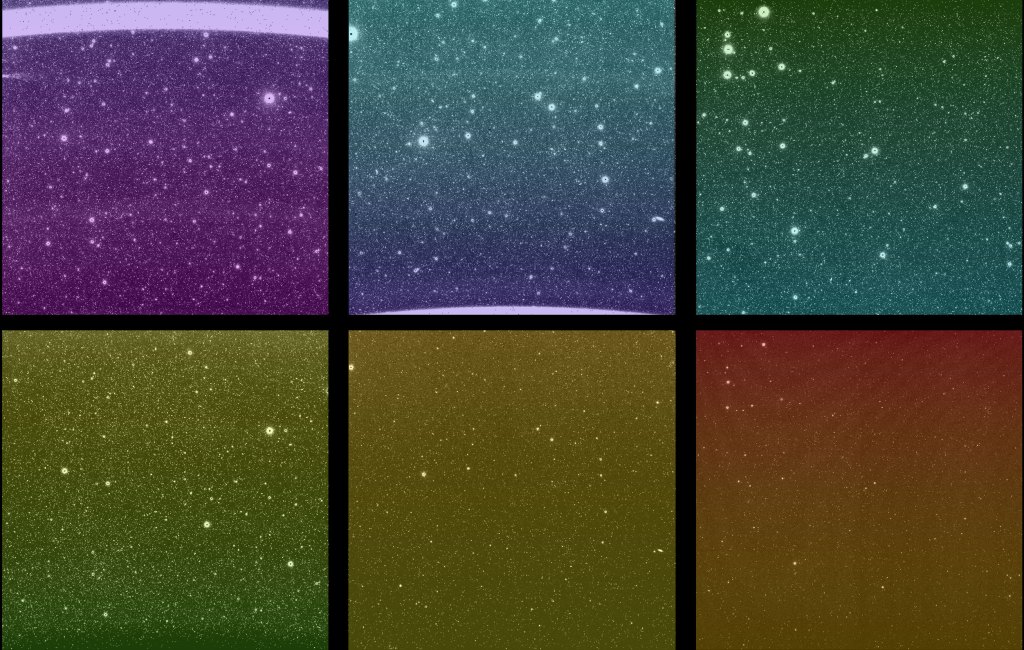


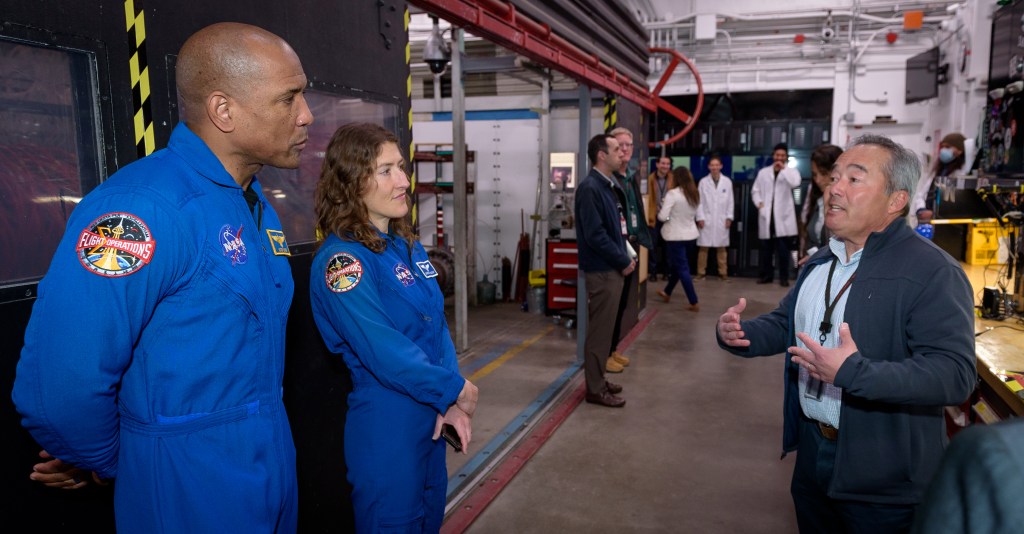












/quantum_physics_bose_einstein_condensate.jpg?w=1024)
